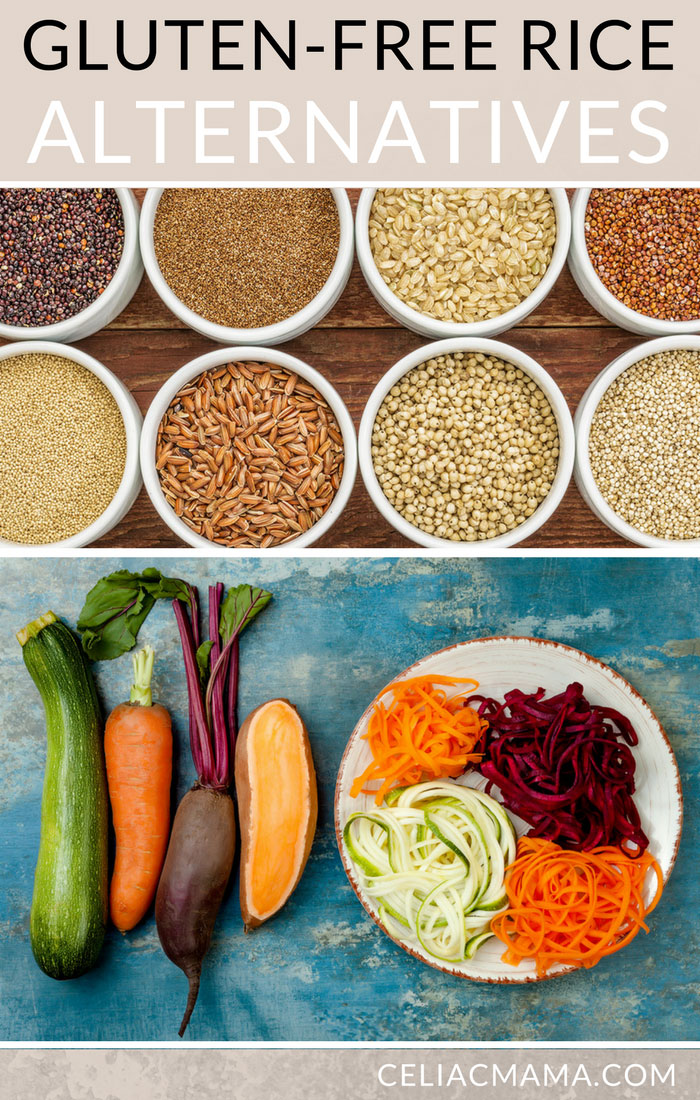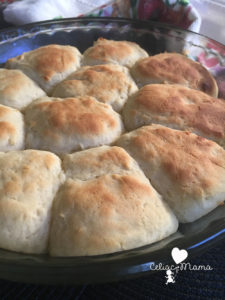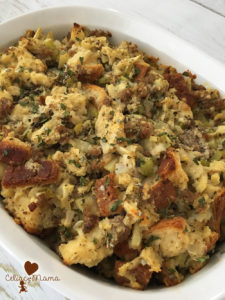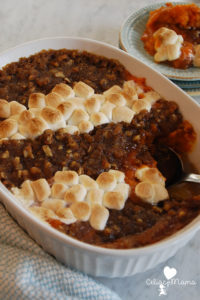The purpose of this post is not to tell you how much rice you should or shouldn’t be consuming; rather it’s to share some alternatives so that you can enjoy a diversified gluten free diet that doesn’t depend heavily on any one grain in particular. We enjoy eating rice in our diets, but we also incorporate the gluten free rice alternatives listed below to give us a variety of nutrient sources.
Rice intake is a hot topic these days for people following a gluten free diet. Research has linked rice with higher levels of arsenic and mercury than other grains, which has resulted in a lot of debate as to whether the increased rice intake that is often seen in gluten free diets is safe or dangerous. While the most recent study from University of Illinois showed an average of twice as much arsenic and 70% higher mercury levels in blood and urine samples from gluten free study participants, it’s also important to note that the study size was small and that the levels were much lower than arsenic toxicity and mercury poisoning levels.

Gluten Free Rice Pasta Alternatives
- Spaghetti Squash makes a great vegetable pasta substitute and it’s really easy to make. First, cut a spaghetti squash in half and scoop out the seeds. Brush the top of the insides with vegetable or olive oil and lay facing down on a baking sheet. Bake at 400 degrees until it’s fork tender, about 40 minutes. Let it cool and then use a fork to scrape out the insides. Combine with pasta sauce.
- Store bought pastas – while there are many rice based pastas on the market, there are also many that are quinoa, corn, and bean based that are widely available at grocery stores and retailers that offer gluten free selections.
- Zucchini Noodles (aka zoodles) are also delicious. They can get soggy if boiled, so I prefer to saute them in some olive oil on the stove top for a few minutes until they get to my desired texture. You can serve them alone or mix in other sauteed vegetables.
Gluten Free Rice Flour Alternatives
- Flour Blends: In my experience, using one type of flour as a substitute for wheat flour in a recipe doesn’t taste as good as the flour blends that incorporate several gluten free flours/starches. The multipurpose flour blends I’ve seen at stores usually incorporate rice flour as one of the first main ingredients so consider making your own flour blends at home to mix things up. It sounds daunting, but it’s really quite easy. There are tons of gluten free flour blend recipes online and you can make them in large batches and store them in air-tight containers for later use. Non-rice flours that work well in baking are: almond, coconut, buckwheat, millet, amaranth, teff, sorghum, potato, tapioca, various beans, and chickpea flours.
- Look for pre-made mixes that rely more heavily on other flour blends. There are quite a lot that are almond or coconut flour based, and I’m seeing more and more that are bean or chickpea based as well. Once you see the gluten free certified label, go one step further and read the ingredients list.
Gluten Free Rice Alternatives
- Quinoa – we really like quinoa in our house. It’s prepared similarly to rice, and you can serve it alone or add in broths and vegetables for extra flavor kicks.
- Cauliflower rice – You can make this in a blender at home, or I am seeing it a lot in ready-to-cook form in the produce and frozen sections at grocery stores.







Leave a Reply
You must be logged in to post a comment.